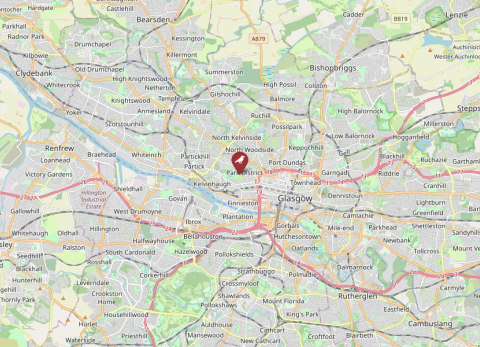Kelvingrove Park
View all studies on the map
©
Leaflet | OpenStreetMap | NIOO-KNAW
Details
- Country
-
United Kingdom
- Species
-
Blue titGreat tit
- Pipeline
- Yes
- Max. nr nestboxes
- 66
- Running period
- 2014–Present
- ID data
- Metal rings
- Tags
- Environmental data
- Food availability
- Rainfall
- Temperature
- Individual data
- Morphological measures
- Habitat
- Deciduous
- Urban
- Genetic data
- Blood samples collected
- Feather samples collected
- Basic breeding
- Yes
- Winter data
- Roosting checks
- Winter ringing
- Feeding at nest data
- Yes
No data available
Request data
Details
- Country
-
United Kingdom
- Species
-
Blue titGreat tit
- Pipeline
- Yes
- Max. nr nestboxes
- 66
- Running period
- 2014–Present
- ID data
- Metal rings
- Tags
- Environmental data
- Food availability
- Rainfall
- Temperature
- Individual data
- Morphological measures
- Habitat
- Deciduous
- Urban
- Genetic data
- Blood samples collected
- Feather samples collected
- Basic breeding
- Yes
- Winter data
- Roosting checks
- Winter ringing
- Feeding at nest data
- Yes
